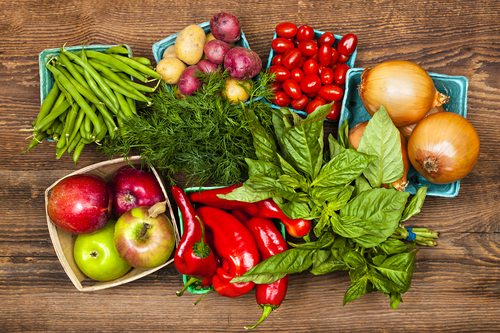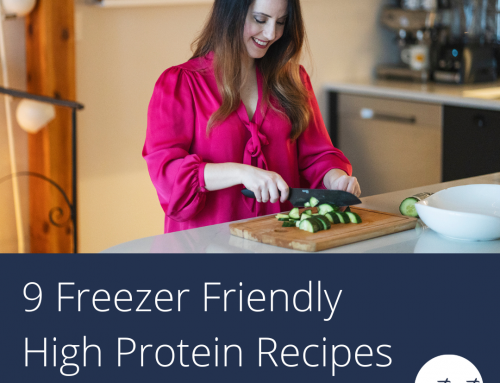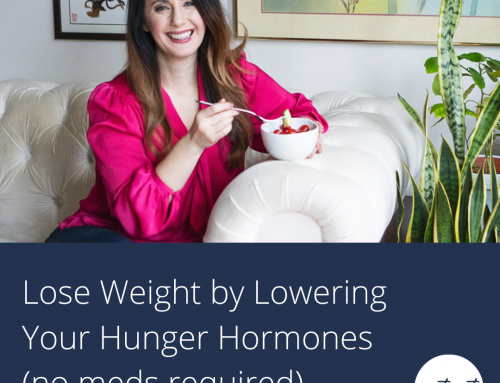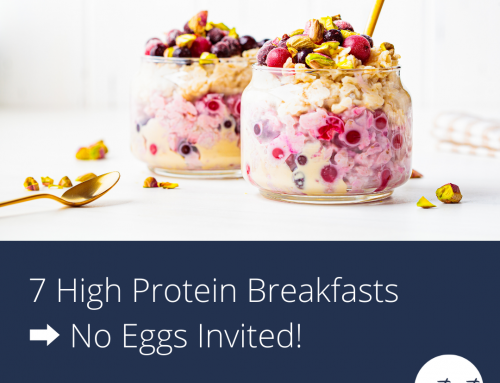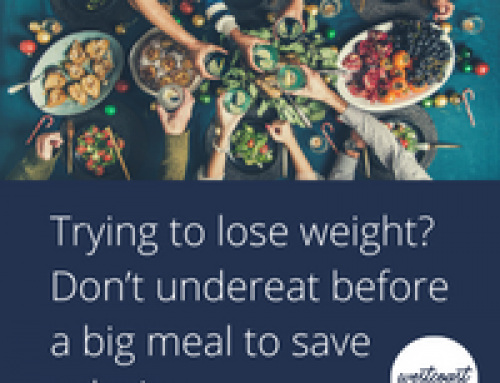It’s world cancer day and I couldn’t let it go by without a few musings about food and prevention.
Cancer and food have a special place in my heart, and my practice. I’ve spent much of my career working in cancer care, and am now focused on health promotion and preventative nutrition.
Most of the power of food comes before you get cancer. Once you have it, it is a delicate balance between nourishing your healthy cells, but overdoing supplements can actually accelerate cancer growth by boosting supplies of essential cell growth nutrients to unusual levels. So let’s talk about two evidence based ways you can use food to help prevent cancer.
Eat more Magnesium
Magnesium is the unsung hero of cancer prevention, and a significant number of North Americans aren’t getting even the basic amounts needed for good health.
So , how does it work? Many cancers arise from years of DNA damage that accumulate, creating cells that grow abnormally and won’t die when they should. These changes in our DNA come from both normal physiological processes as well as exposure to stress, certain chemicals, foods that speed this process up. Magnesium is involved in every DNA repair pathways. Every. Single.One. It is also key for bone health, fluid balance and a myriad of other “keep you alive and mobile” type functions. The key here is getting more than just enough to survive. DNA repair is what we think of as a secondary function – as we evolved it was more important we didn’t bleed out, could reproduce, and keep your heart and other muscles pumping. So all nutrients will feed these essential pathways first (thank goodness!) in a triage type system. Whatever is left over will go to secondary processes like DNA repair. We now live long enough that DNA repair is pretty key to both a long and healthy life, in particular staying cancer free.
Where do I find it?
- Dark, leafy green vegetables – think spinach, kale, swiss chard, beet greens, even romaine and field greens.
- Seeds and nuts – pumpkin seeds, brazil nuts, almonds, cashews and sunflower seeds all pack a hefty punch.
- Legumes – soybeans (mmmm, edamame!), black beans, white beans, pinto beans – all great sources.
Pack in the whole food anti-oxidants
So we talked about how DNA damage can lead to unhealthy pre-cancerous cells, and that some of this damage happens during normal day-to-day functioning of our body. The process of energy production itself creates free radicals – these little guys are a harmful reactive molecule that bounce around causing damage to otherwise healthy cells. Our natural fix for this is the use of anti-oxidants; molecules that sop up and neutralize free radicals before they can do any damage.
Much of our anti-oxidants come from food, and having lots of these guys in your daily diet prevent damage before it happens – both the kind that comes from normal bodily functions, as well as damage that comes from exposure to harmful stimuli.
Just like with Magnesium, for cancer prevention, more of these guys are better. And again, it is always best to get as much as you can from real food. We need the fibre, water, and other nutrients that are also involved in all our body’s physical and chemical pathways for healing and repair. Some of these anti-oxidants act directly to neutralize free radicals, and others like glucosinolates stimulate our built in anti-oxidant enzyme pathways.
Where do I find it?
Anything bright and colourful in the plant world!
- Carotenoids: found mostly in orange foods like carrots and sweet potatoes
- Lycopene (another type of carotenoid) found in high levels in bright red tomatoes
- Anthocyanins: purple pigments found in dark purple/red foods like blueberries, blackberries and cherries
- Glucosinolates: these guys are mostly found in the cruciferous family including broccoli, kale, cabbage, cauliflower and brussel sprouts. Aside from anti-oxidant activity they seem to have independent anti-inflammatory effects and a significant role in cancer prevention.
There are many more anti-oxidant classes than I can name here. If the food is brightly coloured you can be sure it packs plenty of them.
Put It In To Practice (the quick and dirty)
I’ll share with you what I do to help put these recommendations in to practice, without driving myself crazy counting nutrients. There are so many ways to integrate it in to your own life, so get creative. The healthiest way to eat is the one you can sustain.
Eat at least one (but often more) dose of dark, leafy greens every damn day. If it’s the end of the day and I haven’t had it, I often just pop them in to a smoothie and drink them up.
Eat berries most days. On yogurt for an afternoon snack, in a smoothie before yoga, sprinkled on a salad in the summer. We rely on good quality frozen berries in the winter, and enjoy the amazing fresh and local bounty we have here in BC in the summer.
Get some seeds most days. Sprinkled on a salad or even tossed in a smoothie (there’s a theme here, I know) or as a snack with some dried fruit. Pumpkin seeds and almonds are my go to’s, and I keep brazil nuts on hand because they pack more than a day’s worth of selenium and magnesium making them a good last minute addition to my day.
Eat legumes (beans, lentils and the like) at least a few times a week. Sometimes this is hummus every day, other weeks it might be chili for dinner and a couple lunches, or a can of black beans used in taco salad. Nothing too complicated, but we get it in.
Plan our week around veggies. Now, I’m definitely an omnivore. We eat meat, chicken and fish regularly. But, when I plan out our grocery list and make a rough outline of our meals, veggies go first. Making sure my list is packed with chard and greens as well as at least one cruciferous veggie (and knowing what I plan to use them for) means Im not left scrambling on weeknights to pull something nutrient dense together.
How do you fit these powerhouse foods in to your week? I’d love to hear from you!


